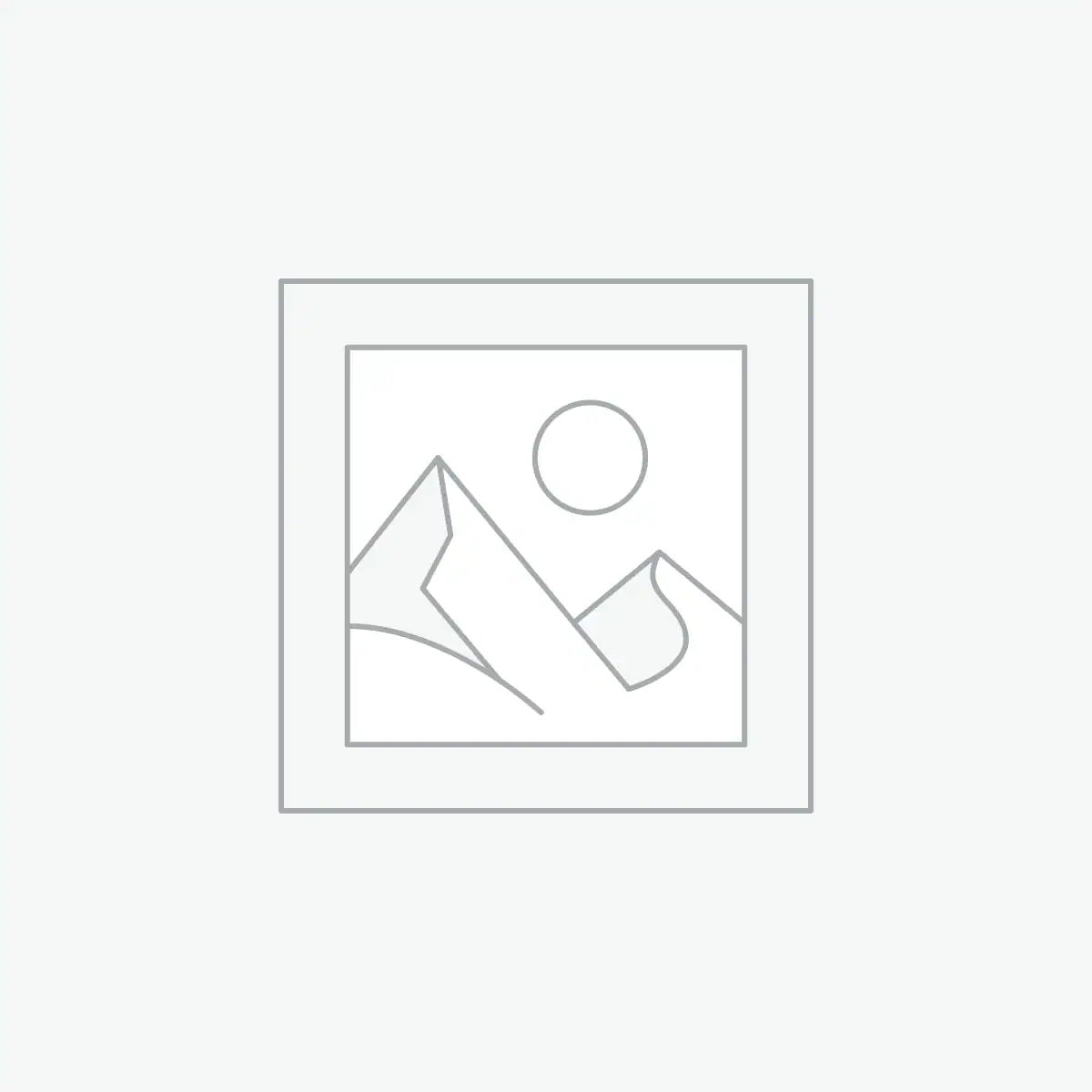GUIDELINES FOR FIBER ROPE EXTERNAL ABRASION TESTING
€0.00
Summary
This paper discusses concepts and principles which should be considered when planning and conducting external abrasion tests on fiber rope.
The objective of the external rope abrasion test is to demonstrate the rope’s ability to withstand external abrasion, as distinct from internal deterioration caused by bending the rope.
The external rope abrasion test should be conducted with the rope bearing against an abrasive material mounted on a revolving abrasion wheel. The test should preferably continue for a specified number of wheel revolutions, followed by a break test to determine the rope’s residual strength.
The wheel diameter and wrap angle should be chosen so that at least one lay length of rope is abraded. The wrap angle should be minimized to reduce the effect of friction that can cause variation of tension. The abradant material should replicate as closely as possible the abrading surface encountered in service. For standardized or repeated tests, the abradant material should be reproducible and replaceable.
If the objective is to demonstrate only the effects of bending, the test should be conducted over a rotatable drum or sheave, and be called a cyclic bend over sheave (CBoS) test.
If the objective is to determine the ability of a rope in service to withstand both abrasion and bending, then the actual service conditions should be duplicated. That test should not be called and represented as a rope abrasion test. It might be called a combined abrasion and bend service (CABS) test.
The term rope abrasion test should only be used when the test only produces external abrasion.
Author(s): J. F. Flory and I. M. L. Ridge




